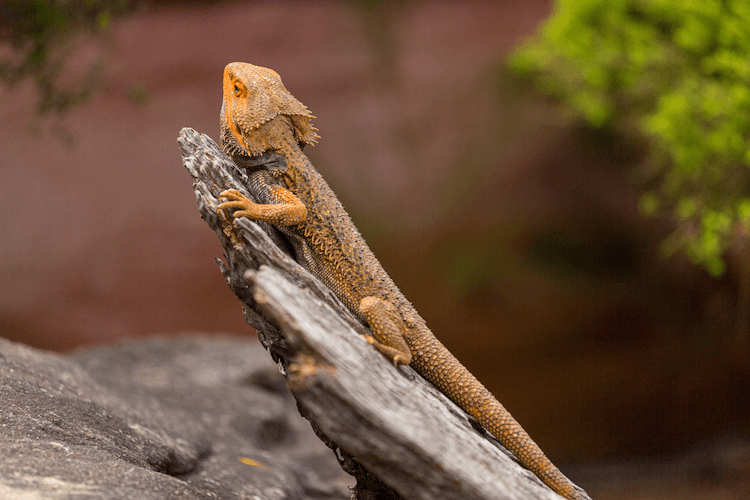Bearded dragons are a popular pet reptile that requires a comfortable and healthy living environment. A proper tank setup for a bearded dragon can make all the difference in their overall health and well-being. In this article, we will discuss the essential components of a perfect bearded dragon tank setup.
Tank Size
The first step in creating the perfect bearded dragon tank setup is to select an appropriately sized tank. A tank that is too small can cause stress and health issues for your bearded dragon. The ideal tank size for an adult bearded dragon is at least 40 gallons, with a minimum length of 36 inches, width of 18 inches, and height of 18 inches. For a juvenile bearded dragon, a tank size of 20 to 30 gallons will suffice.
Lighting
Lighting is a critical component of a bearded dragon’s health. They require UVB lighting to properly absorb and metabolize calcium. Without proper UVB lighting, they can develop metabolic bone disease, which can lead to weakened bones, deformities, and other health issues. Make sure to use a UVB bulb that is specifically designed for reptiles and replace it every 6 to 12 months, as the UVB output diminishes over time.
In addition to UVB lighting, bearded dragons also require a heat source. Basking bulbs can be used to provide a warm area for your dragon to bask in, with a temperature range of 95 to 110 degrees Fahrenheit. Make sure to provide a cooler area for your bearded dragon to retreat to when they need to regulate their body temperature.
Substrate
The substrate is the material that lines the bottom of the tank. There are many different types of substrate to choose from, but some are better than others. Avoid substrates that can cause impaction, such as sand or gravel. Some good options include reptile carpet, paper towels, and ceramic tile. Substrate should be spot cleaned daily, and completely replaced every 1-2 months.
Decor
Bearded dragons enjoy climbing and exploring, so it is important to provide plenty of decors in their tank. Branches, rocks, and artificial plants are great options to create a natural-looking environment for your bearded dragon. Make sure all decors are securely placed and would not fall or topple over, potentially injuring your bearded dragon.
Hides
Bearded dragons require a hide to retreat to when they need privacy or a break from the heat. Provide at least two hides, one on the cool side of the Bearded Dragon Tank Setup 101 and one on the warm side. Hides can be made from a variety of materials, such as half logs, coconut shells, or plastic containers.
Food and Water Dishes
Bearded dragons require a shallow dish of water at all times. The water should be changed daily to prevent bacterial growth. Additionally, provide a food dish that is large enough for your bearded dragon to eat from comfortably. Bearded dragons require a diet of fresh vegetables, such as kale, collard greens, and squash, as well as insects, such as crickets, mealworms, and roaches. Make sure to feed appropriately sized prey items and vary their diet for optimal nutrition.
Temperature and Humidity
Bearded dragons require a temperature gradient in their tank, with a basking area of 95 to 110 degrees Fahrenheit and a cooler area of 75 to 85 degrees Fahrenheit. A digital thermometer is essential to monitor the temperature and ensure it remains within the appropriate range. Humidity should be kept low, around 30 to 40 percent, to prevent respiratory issues.
In conclusion, creating the perfect bearded dragon tank setup requires careful consideration of the essential components.

